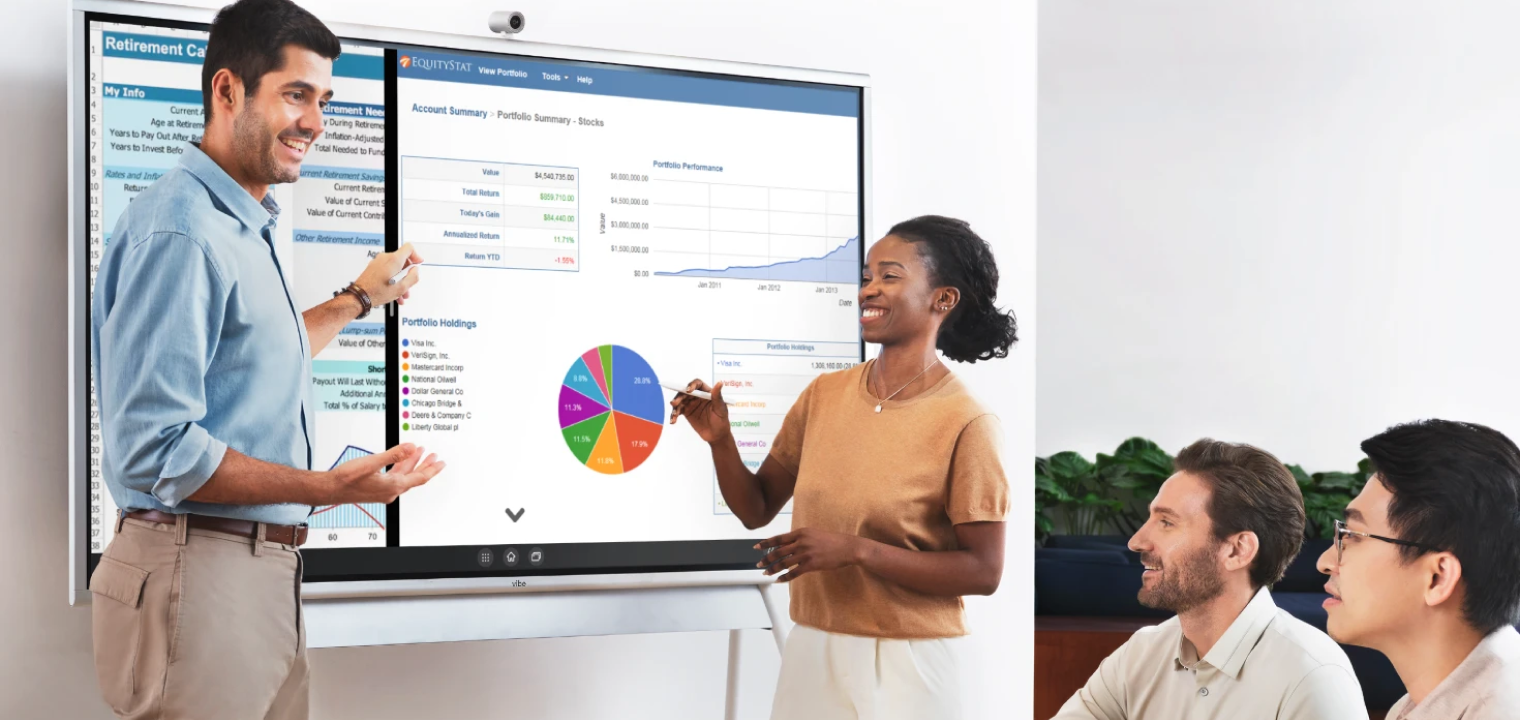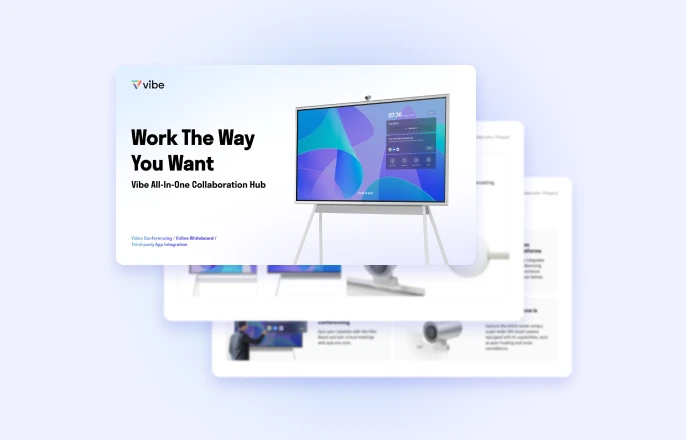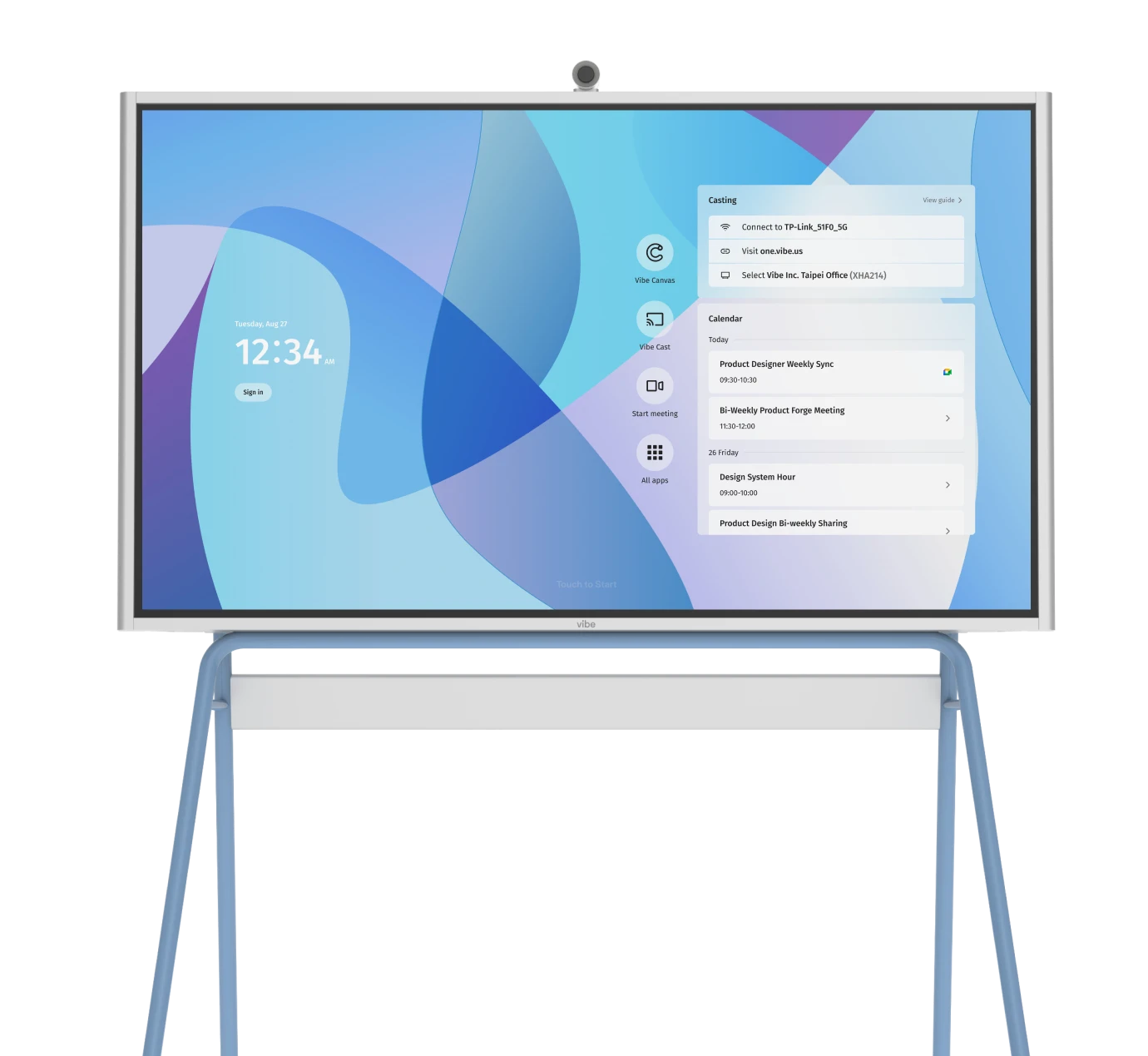 Seth Godin | Marketing Guru
Seth Godin | Marketing Guru Ever find yourself sitting across from a potential client, slides loaded, coffee cooling, when that familiar knot starts forming in your stomach? The next hour could determine whether hours of relationship-building and proposal crafting culminate in a handshake deal—or a polite "we’ll be in touch." Client presentations are high-stakes conversations where business relationships, revenue, and professional reputations hang in the balance. At its core, it’s your opportunity to demonstrate value, build trust, and guide decision-makers toward a specific outcome—whether that’s securing a new contract, gaining project approval, or earning buy-in for your strategic recommendations.
Unlike internal presentations to peers, client presentations require you to step outside your organization’s mindset and truly understand the unique challenges, goals, and constraints facing your prospect. As marketing guru Seth Godin points out on his blog, "The topic of the talk isn’t you, the topic of the talk is the audience, and specifically, how they can use your experience and knowledge to achieve their objectives." When you master this client-focused approach, you no longer are someone simply sharing information and become a trusted partner who understands what keeps your clients up at night—and what solutions will help them achieve their goals.
- Deep client research and preference design create tailored presentations that resonate with prospects’ specific communication styles and industry norms.
- Value-focused content addressing specific client challenges transforms you from vendor to strategic partner in decision-makers’ minds.
- Visual storytelling with concrete future-state scenarios creates emotional investment that drives client engagement and buy-in.
- Interactive dialogue and real-time clarification through digital tools transform presentations from pitches into collaborative partnership conversations.
Why Mastering Client Presentations Matters More Than Ever
Getting client presentations right is more critical now than ever before. Modern decision-makers are bombarded with options and information, making it essential that your presentation cuts through the noise with clear value propositions, compelling narratives, and real human connection building. When executed masterfully, client presentations are powerful vehicles for demonstrating specialized knowledge, building trust, and positioning yourself as an indispensable strategic partner rather than just another vendor competing on price. The ability to deliver impactful, client-focused presentations has evolved from a nice-to-have skill into a business-critical competency that determines whether you win or lose in the long-run.
6 Tips To Nail Your Next Client Presentation
Ready to turn those nerve-wracking client meetings into confident, winning experiences your prospects will not stop thinking about? These six proven strategies will help you prepare more effectively, connect more authentically, and deliver presentations that not only impress but also secure the outcomes you’re working toward.collaborationSee our workspace solutions, features, tech specs, and more.
1. Start with gaining a deep understanding of the company
Don’t just visit your prospective client’s website—become a digital detective. Their online presence reveals crucial insights about decision-making style, communication preferences, and what resonates with their audience.
Start by analyzing their content strategy and design language. Are they posting data-heavy LinkedIn articles or visual Instagram stories? This tells you whether they prefer analytical depth or visual storytelling. Take screenshots of their color palette and fonts, subtly incorporating similar design elements shows you understand their brand aesthetic and can integrate into their world.
Review their recent announcements and engagement patterns. Look for new hires, product launches, or company milestones from the past 90 days, and check which posts get the most comments. Navigate their website as a potential customer would to understand how they guide prospects through their sales process. When you walk into that presentation you need to be more than just another vendor, your research should enable you to be someone who clearly "gets" their business.
Here are our favorite tools for getting to know your clients:
-
LinkedIn – for company posts, team changes, thought leadership content, and decision-maker insights
-
Glassdoor – to understand company culture, employee sentiment, and leadership styles
-
Reddit or industry forums – to uncover unfiltered feedback, customer pain points, and competitor discussions
-
BuzzSumo – to see their most shared content and what topics generate engagement
-
Google Alerts – to track recent mentions, news coverage, and industry conversations about the client
-
ColorZilla (Chrome plugin) – to extract brand color codes for subtle alignment in your deck
-
WhatFont (Chrome plugin) – to identify their typography choices for design consistency

2. Create a compelling preference design
A preference design is a presentation approach that adapts your visual style, content structure, and delivery method to match your prospective client’s industry norms, communication preferences, and decision-making style. Rather than using a one-size-fits-all template, this tailored approach demonstrates that you understand their business culture and can seamlessly integrate into their existing workflows
-
Tailor your design to the client’s industry – Research their sector’s visual norms and communication style to create a presentation that feels familiar and professional to their team.
-
Align your design with your content type – As HubSpot’s Lucy Alexander notes, the type of information you’re presenting should directly influence your design choices. Data-heavy presentations call for clean, professional templates with plenty of white space, while creative brainstorms or informal updates can support more colorful, dynamic designs that reflect your company’s personality.
-
Match their data preferences – For analytical clients, include charts, recent studies, and workflow demonstrations. For relationship-focused clients, emphasize stories and collaborative elements.
-
Make it interactive beyond Q&A – Integrate live websites, shared documents, or digital whiteboards to create an engaging, collaborative experience that showcases how you’ll work together.
-
Let your expertise shine appropriately – Balance showcasing your capabilities with focusing on their specific needs and challenges, ensuring they see both your value and your understanding of their priorities.
💡 Pro Tip: Use tools like Canva, Vibe Board, Miro, Figma, or Slideshare to research industry designs and build dynamic, collaborative presentations.
3. Focus on what matters most to the client
A great presentation is only a great presentation when it succeeds at engaging with the specific audience and their pain points. Average presentations focus on your company, with background and other information on the solution you provide and why "you’re the best in market". However, your client is there to find a solution to their problem, and it is critical that you focus your presentation on showing that you are that solution.
Here are some actionable tips to get you started:
-
Cut unnecessary fluff: Remove lengthy company introductions and generic awards slides. Test each slide with this question: "How does this directly help the client solve their problem?" If it doesn’t address their specific challenges or demonstrate clear value, cut it—their time is too valuable for filler.
-
Lead with their specific challenges: When they’re struggling with low product sales, present data-driven strategies that target those exact issues. For operational inefficiencies, demonstrate how your solution integrates seamlessly with their current workflow to eliminate friction. Build every recommendation around their actual pain points, not your product features.
-
Frame like a strategist: Use a clear "Problem → Insight → Solution" structure that demonstrates your understanding of their business. This approach positions you as a strategic consultant who happens to offer a solution, rather than a vendor trying to sell a product.
💡 Pro Tip: Use tools like review sites to uncover the real challenges your client is facing. And before finalizing your slides, ask yourself: "If they only saw the first 10 minutes of this, would they see the value?"

4. Set a vision and help them see how to get there
Start with why your client is in the room: they have a problem that demands a solution. Your job is to paint a picture of their transformed future where that problem no longer exists—a vivid, specific picture of what their company will look like six months after implementing your solution. Use concrete details and data to make this vision tangible: show them their phone ringing with qualified leads, their sales team consistently hitting quota, and their brand becoming the go-to choice in their industry. When clients can clearly see and feel their improved reality, they are motivated to act.
Remember, people don’t just buy products—they buy outcomes. The what and why may be clearly demonstrated in your pitch, but the "how" needs to be equally compelling to close the deal. Here’s how to cast that vision effectively: Start with the pain by acknowledging the specific challenge that brought them to the room and validating their frustration. Visualize the transformation by describing their business six months from now with leads flowing in, teams exceeding goals, and systems running smoothly—make it specific and relatable to their world. Back it with data using case studies, client results, or forecasting tools to give your vision credibility and prove it’s achievable. Finally, map the path by briefly outlining how your solution gets them there, building confidence in your process, not just your promise.
Related: How to Make PowerPoint Presentations That Impress
5. Explain the process and let them know where they are
Along with establishing a vision, you need to clearly and concisely explain the entire process for your clients. In some cases, it might be a long road to the final result. On the other hand, it may only take a few tweaks to get them on the right path. When clients know exactly what to expect and where they stand, they’re more confident moving forward—and more likely to say yes.
Once you have clearly outlined it, you also will want to show the client where they are in the process. Are they close to the beginning or the finish line? Clients don’t want to be left in the dark. When you explain it to them in detail, it is another way to establish yourself as an authority figure who can offer actionable solutions for their problems with realistic timelines and steps.
Here’s how to build confidence through process clarity:
-
Outline the path: Walk them through key implementation steps from kickoff to results, whether it’s a short sprint or phased rollout.
-
Show their current position: Map where they stand in the process to make the journey feel manageable and avoid surprises.
-
Use visuals to guide understanding: Simple timelines or roadmaps help them see what’s ahead and build trust in your execution.
💡 Pro Tip: Software tools like Google Docs, Notion, or even a digital whiteboard can help you quickly create a shared customized roadmap that aligns with their context.
6. Confirm they understand, and remember to ask questions
The presentation doesn’t end when you finish your last slide—it ends when your client fully understands and feels confident moving forward. Use this critical final phase to ensure alignment and address any lingering concerns.
Check for understanding throughout, not just at the end – After covering complex concepts or data-heavy sections, pause and ask if that particular point needs clarification. This prevents confusion from snowballing and shows you care about their comprehension, not just getting through your slides.
Create space for real questions – Don’t just ask "Any questions?" and move on. Give your audience genuine time to process and formulate thoughtful questions. Try saying, "Take a moment to think about how this applies to your specific situation—what questions come to mind?"
Stay customer-focused when answering – As Paul Viio emphasizes, remain "customer-focused" even when questions seem repetitive or cover points you thought were clear. Remember, if they’re asking, it wasn’t clear enough for them—and their understanding is what matters.
Use digital tools to clarify in real-time – If you’re using a digital whiteboard or presentation platform, don’t hesitate to go back to previous slides, add notes, or sketch out concepts differently. Visual reinforcement often makes the difference between confusion and clarity.
Make it a conversation, not an interrogation – End by confirming next steps and ensuring everyone feels heard. Ask something like, "What part of this feels most relevant to your current challenges?" This transforms the Q&A from a formality into a meaningful dialogue about implementation.
💡Pro Tip: Use shared documents and recap emails to summarize the key takeaways from your Q&A. It shows you’re listening, invested, and that nothing falls through the cracks.

Presentation Mistakes To Avoid
Now that you know what to do, you also need to avoid some common mistakes in your presentation.
-
Don’t lead with your company history or credentials – Your audience doesn’t care about your 20-year journey or impressive client roster in the first five minutes—they care about their problems and how you’ll solve them.
-
Avoid generic, one-size-fits-all content – Using the same deck for every client screams "we don’t understand your unique challenges" and immediately positions you as just another vendor rather than a strategic partner.
-
Never skip the transition between problems and solutions – Jumping directly from "here’s your challenge" to "here’s our service" without explaining the connection leaves clients confused about why your approach is the right fit.
-
Don’t end without clear, specific next steps – Saying "let’s talk soon" is weak—instead, propose exactly what happens next: "I’ll send you a proposal by Friday, and we can schedule a follow-up call early next week to discuss implementation."
Elevate Your Next Presentation With The Vibe Board S1
Now that you’ve mastered the six essential tips for client presentations, it’s time to elevate your delivery with the right technology.
Offering a seamless and intuitive experience for on-site, remote, and hybrid presentations. The Vibe Board S1 transforms your client presentations from static pitches into dynamic, collaborative experiences that keep decision-makers engaged and invested. Whether you’re showcasing preference designs that match their brand aesthetic, painting vivid visions of their transformed future with real-time sketching, or seamlessly pivoting during Q&A sessions to address specific concerns, Vibes 4K interactive display and over 250 seamless app integrations ensure your carefully crafted narratives flow without technical interruptions.
Book a demo to learn how to turn your next client presentation into an unmatched collaborative experience.
 Team using a Vibe Board for a client presentation..
Team using a Vibe Board for a client presentation..








-1sbltxxq4FYxHrXrwJVLsCDNsXpqNa.webp)
-5Zp0pmSytvcuYDVs1LvuwplKuRneK0.webp)
